Have you ever wondered what it takes to make an emotionally sensitive cat feel at ease? Cats, with their mysterious and independent nature, are often misunderstood. While they may appear aloof, many are deeply sensitive and require a safe environment to thrive. Imagine being in a world where every sound is amplified, and every shadow is a potential threat. This is the reality for many sensitive cats. Creating a safe haven for these gentle creatures can be a rewarding journey for both you and your feline friend. Dive into these ten nurturing ways to ensure your sensitive cat feels secure and cherished.
Understanding the Emotional Needs of Your Cat
Cats, much like humans, have a wide range of emotions. An emotionally sensitive cat may react strongly to changes in their environment or routine. Recognizing their needs is the first step in providing comfort. For instance, a cat might hide or become aggressive when stressed. It’s vital to understand that these reactions are not signs of defiance but expressions of discomfort. By observing their behavior, you can identify triggers and make necessary adjustments. Remember, each cat is unique, and what works for one may not work for another. Patience and empathy are your best tools.
Creating a Calm Environment
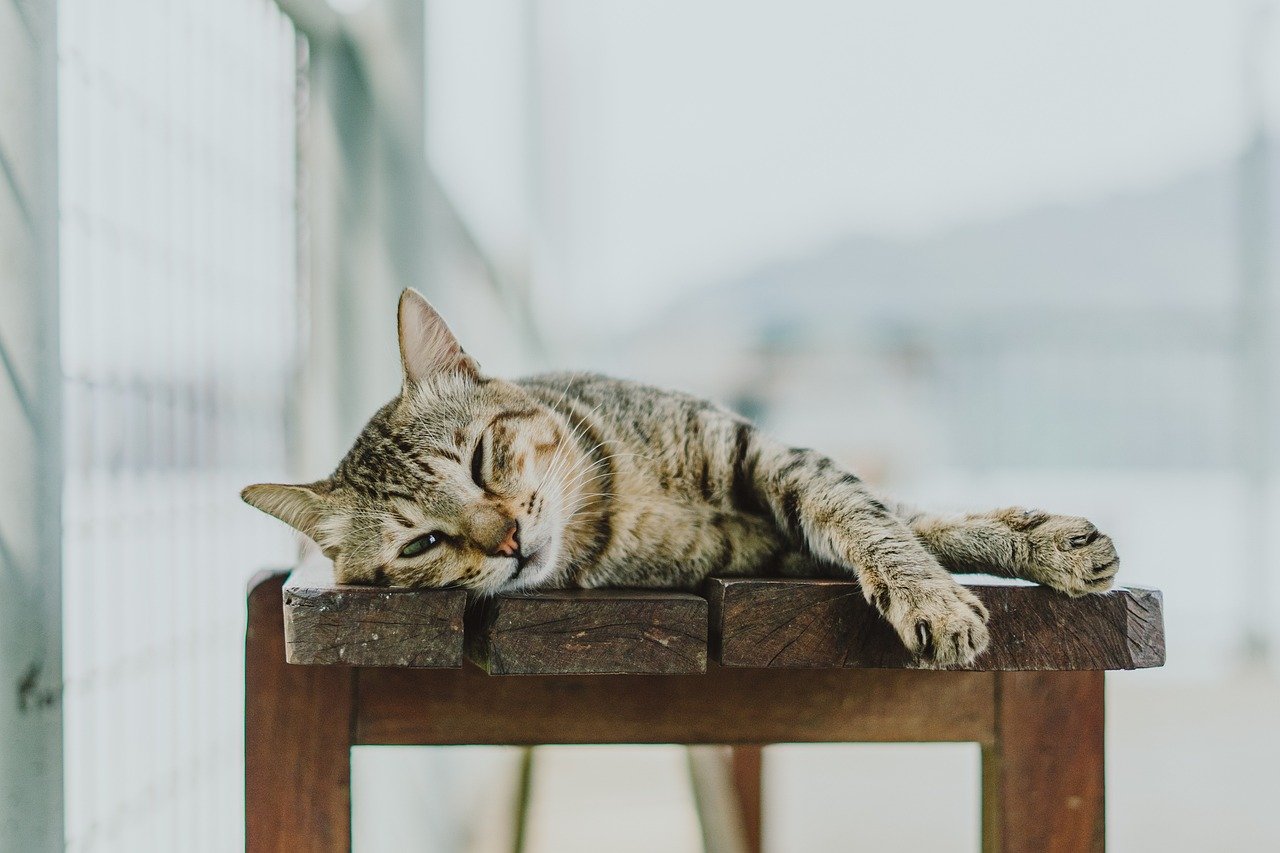
A calm environment is crucial for sensitive cats. Start by minimizing loud noises and sudden movements. If your home is bustling, consider setting up a quiet room where your cat can retreat. Soft music or white noise can be soothing, masking disruptive sounds. Additionally, ensure that the space is free from potential stressors, like other aggressive pets. Providing a consistent environment helps in reducing anxiety. Think of it as creating a sanctuary, where every element contributes to peace and relaxation.
Establishing a Consistent Routine
Cats are creatures of habit, and a predictable routine can provide a sense of security. Feed your cat at the same times each day, and try to maintain a regular schedule for play and rest. This consistency helps them anticipate what comes next, reducing stress. Imagine the comfort of knowing when your next meal or playtime is. This predictability anchors them, making the world feel less chaotic. As you build this routine, observe and adjust based on your cat’s responses.
Using Gentle Communication Techniques
Communication with a sensitive cat requires a gentle approach. Speak softly and use calming tones. Your voice can be a source of comfort, much like a soothing lullaby. Avoid sudden movements or loud commands, as these can be startling. Instead, use body language to convey feelings. Slow blinks, for instance, are a sign of trust and affection. Over time, your cat will learn to associate your presence with safety and love.
Providing Safe Hiding Spots

Every cat needs a place to hide, especially those that are emotionally sensitive. These spots serve as safe havens when the world feels overwhelming. Consider providing cozy nooks or covered beds where your cat can retreat. Cardboard boxes, with their enclosed spaces, are often favorites. Think of these spots as security blankets, offering comfort and protection. Ensure they’re easily accessible, and your cat knows they can retreat there whenever needed.
Engaging in Interactive Play
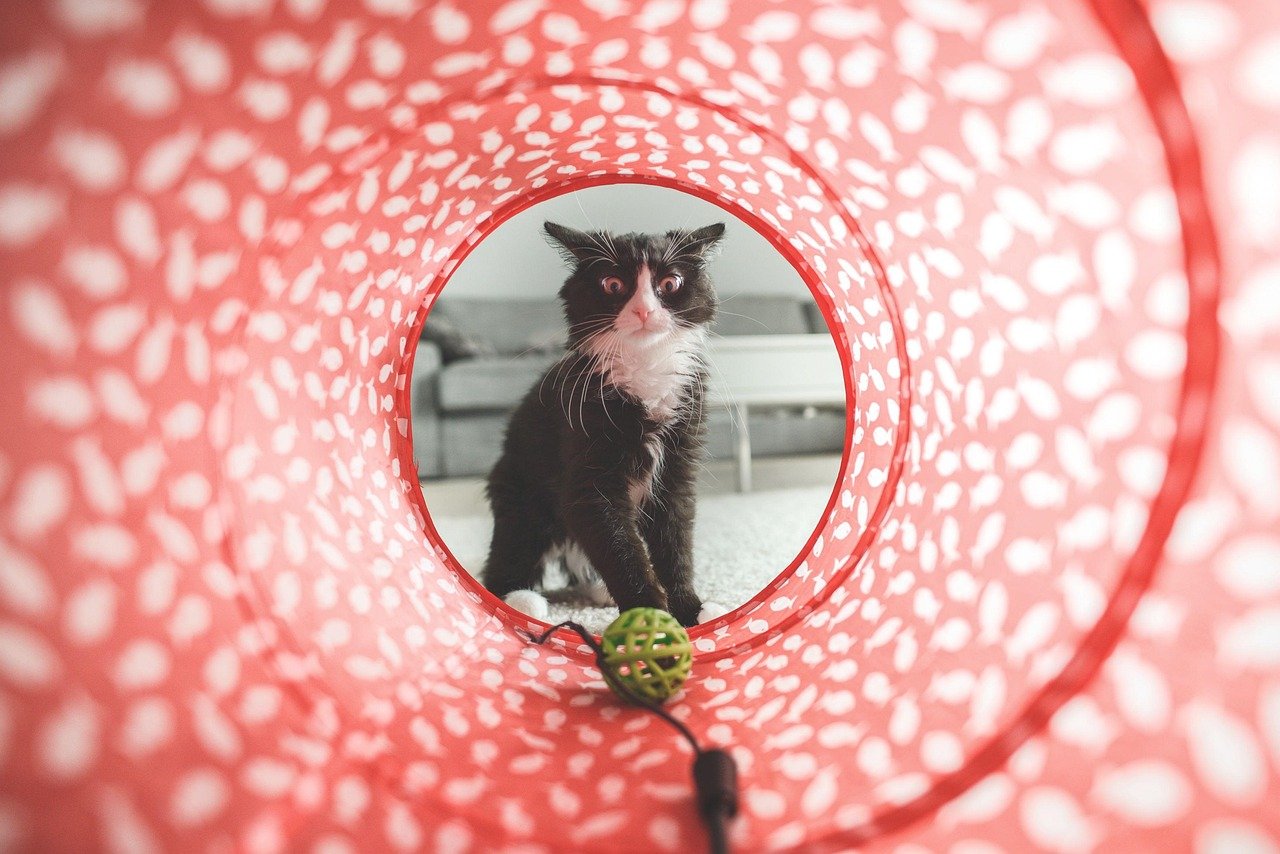
Play is essential for a cat’s well-being, offering both mental and physical stimulation. For sensitive cats, interactive play can build trust and strengthen your bond. Use toys that mimic prey, like feather wands or small balls. This not only entertains but also taps into their natural instincts. Keep sessions short and positive, ensuring your cat doesn’t become overwhelmed. Through play, you’re not just entertaining but also reassuring them of their safety.
Introducing New Experiences Gradually
Change can be daunting for sensitive cats. Whether it’s a new piece of furniture or a new pet, introductions should be gradual. Allow your cat to explore at their own pace, ensuring they don’t feel rushed. This might mean allowing them to sniff and observe from a distance before approaching. Think of it as easing into a cold pool, one step at a time. By respecting their pace, you build trust and confidence.
Providing Comforting Scents

Scent plays a significant role in a cat’s world. Familiar smells can be incredibly comforting, acting as anchors in unfamiliar situations. Consider using your scent, like a worn t-shirt, in their sleeping area. Additionally, there are feline pheromone products designed to reduce stress. These can be particularly useful during transitions or stressful events. Imagine the calming effect of a familiar perfume in a crowded room. For cats, scent provides a similar comfort.
Offering Gentle Physical Affection
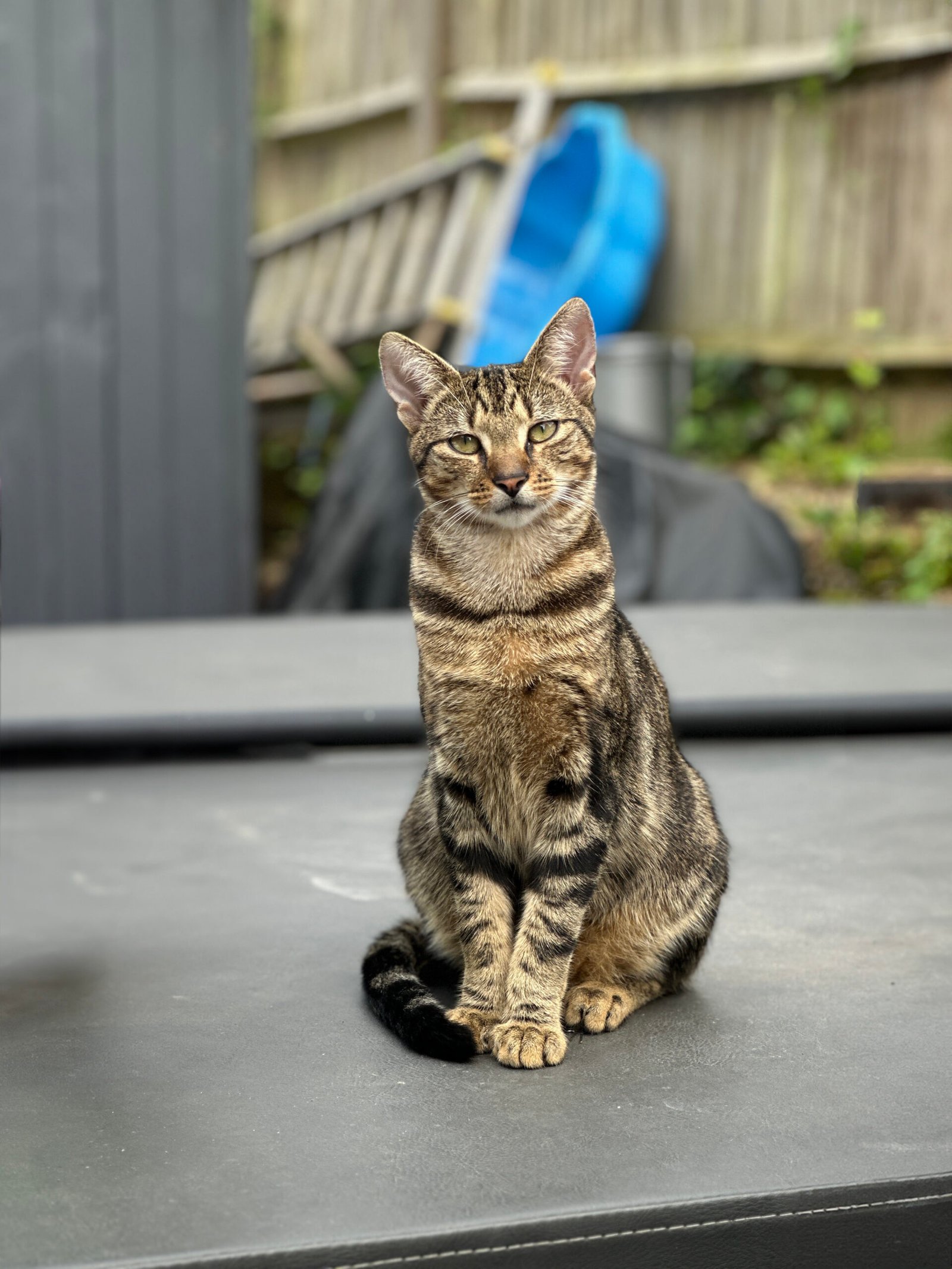
While not all cats crave physical affection, many find comfort in gentle touches. Approach slowly, allowing your cat to initiate contact. Petting can be soothing, much like a gentle massage. Focus on areas they enjoy, like behind the ears or under the chin. Always be attentive to their reactions, ensuring they feel safe and not overwhelmed. Through touch, you convey love and reassurance.
Ensuring Proper Nutrition and Health
A healthy cat is often a happier cat. Ensure your feline friend receives a balanced diet tailored to their needs. This not only supports physical health but also emotional well-being. Regular vet check-ups are crucial, helping to identify any underlying issues. Imagine the discomfort of a lingering headache; for cats, untreated health issues can exacerbate stress. By prioritizing their health, you contribute to their overall sense of security.
Encouraging Independence
While sensitive cats need reassurance, fostering independence is equally important. Encourage them to explore and engage with their environment. Provide opportunities for solo play, like puzzle feeders or independent toys. This builds confidence, showing them they can navigate the world on their own terms. Imagine the pride of solving a challenging puzzle; for cats, mastering their environment offers a similar sense of achievement.
Understanding and Respecting Boundaries
Every cat has boundaries, and respecting them is vital for building trust. Pay attention to their signals, like a twitching tail or flattened ears, which indicate discomfort. By honoring these boundaries, you show respect for their feelings. It’s akin to understanding personal space in human interactions. Over time, this respect fosters a deeper bond, as your cat learns you’re a reliable source of comfort.
Providing Vertical Space
Cats love to climb and perch, and providing vertical space can be immensely comforting. Consider cat trees or shelves where they can observe their surroundings from a height. This vantage point offers a sense of control and safety. Imagine the security of watching from a balcony, away from the hustle below. Vertical spaces serve as retreats, where cats can relax and recharge.
Using Calming Products

Several products on the market are designed to help calm anxious cats. From pheromone diffusers to calming treats, these can be beneficial in stressful situations. However, always consult with a vet before introducing new products. Think of these as tools in your toolkit, offering additional support when needed. Used appropriately, they can make challenging situations more manageable for your feline friend.
Building Trust Through Positive Reinforcement
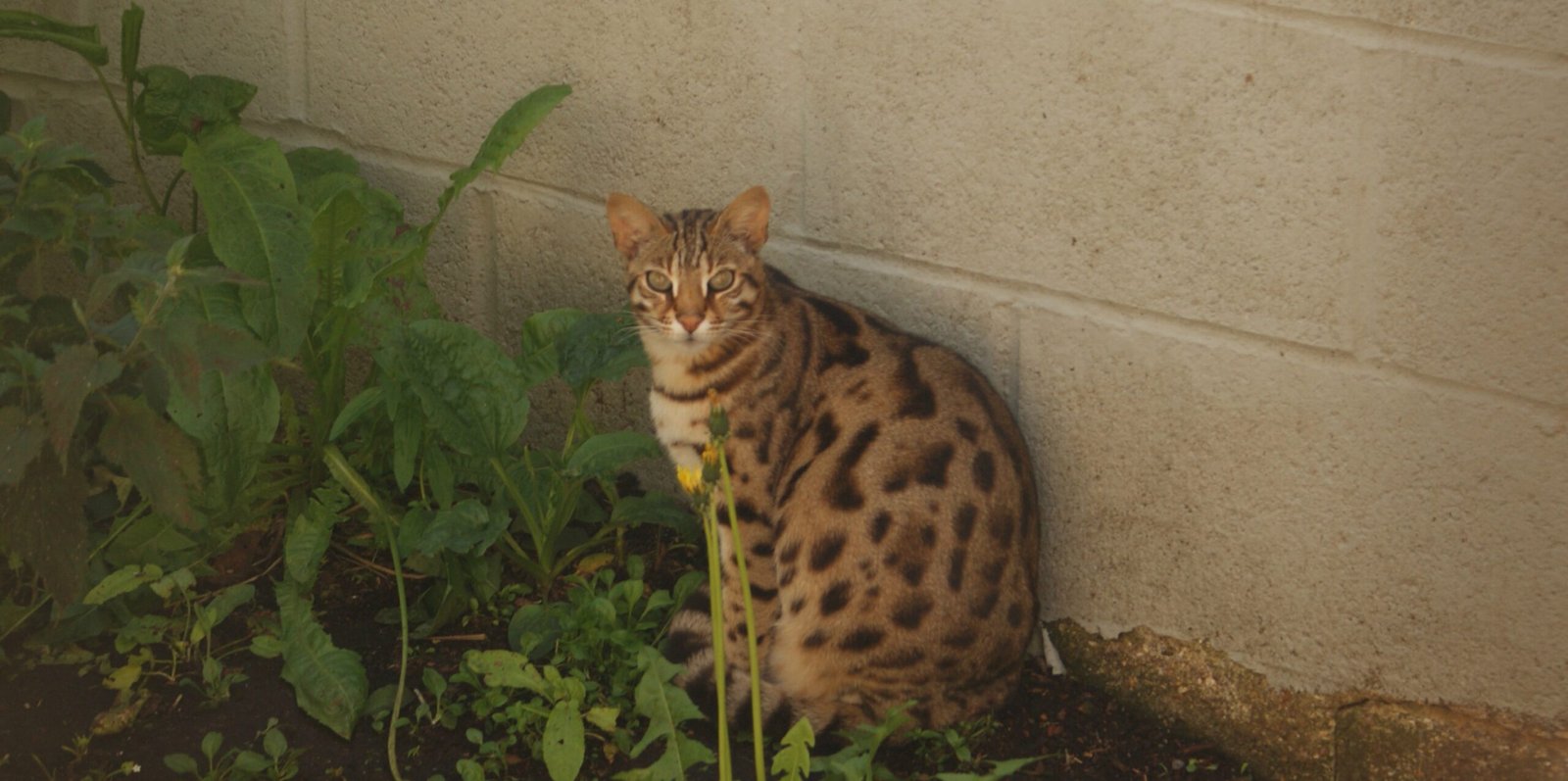
Positive reinforcement is a powerful tool in building trust with a sensitive cat. Reward desired behaviors with treats or praise, reinforcing their sense of safety. This approach encourages them to engage and explore without fear. Imagine the joy of receiving praise for a job well done; for cats, positive reinforcement offers a similar boost. Over time, this builds a foundation of trust and understanding.
Recognizing Signs of Stress
Being attuned to your cat’s stress signals is crucial for their well-being. Signs like excessive grooming, hiding, or changes in appetite can indicate distress. By recognizing these early, you can intervene and provide comfort. It’s akin to noticing when a friend is upset and offering support. Understanding these signals allows you to be proactive, ensuring your cat feels safe and secure.
Encouraging Socialization
While some cats are naturally shy, gentle socialization can be beneficial. Introduce them to new people or pets slowly, ensuring each interaction is positive. This exposure helps them adapt to different situations, reducing fear. Think of it as expanding their comfort zone, one step at a time. Over time, these experiences build resilience, helping them feel safer in various environments.
Offering a Safe Outdoor Experience
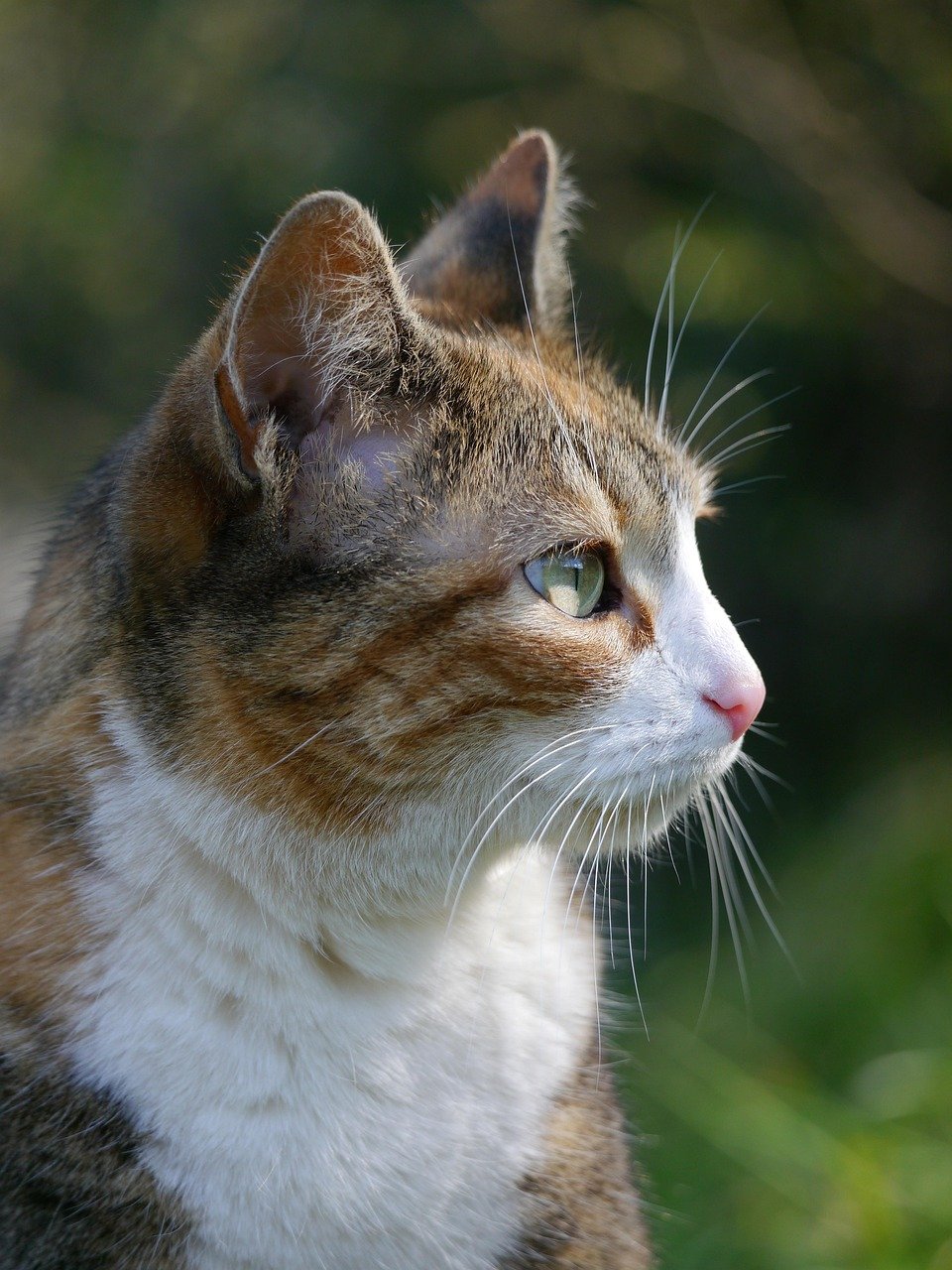
For some cats, outdoor experiences can be enriching, provided they’re safe. Consider a secure catio or supervised leash walks. These allow them to explore without the risks of the outside world. Imagine the joy of a walk in the park, with the security of a guiding hand. For cats, these experiences offer stimulation while ensuring their safety.
Seeking Professional Guidance
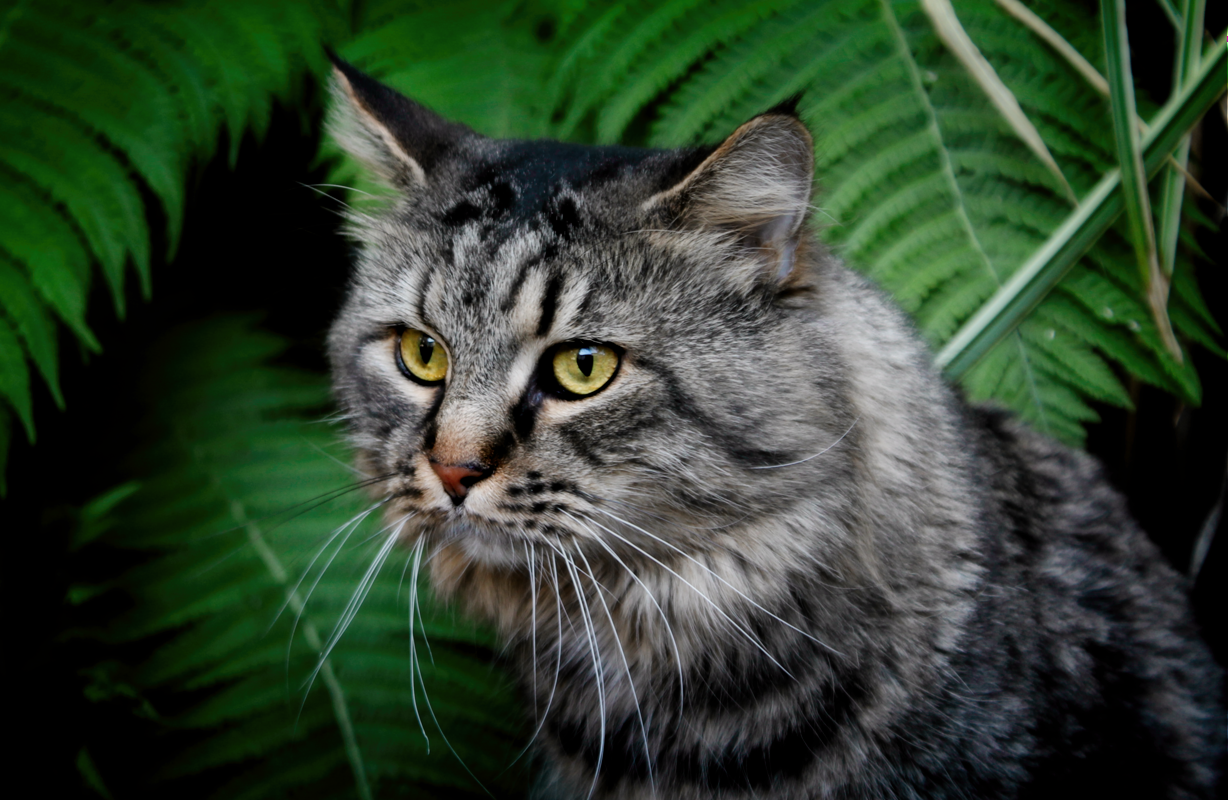
If your cat’s sensitivity seems overwhelming, seeking professional guidance can be beneficial. Veterinarians or animal behaviorists can provide insights tailored to your cat’s needs. Think of it as consulting an expert for advice on a challenging problem. With their guidance, you can develop strategies to help your cat feel more secure and loved.
Reflecting on Your Journey Together
Building a safe environment for an emotionally sensitive cat is a journey of love and understanding. Each step you take strengthens your bond and enhances their well-being. Remember, every small effort contributes to their happiness. As you reflect on your journey, consider the positive changes and growth you’ve witnessed. Isn’t it heartwarming to know that your love and care have made a difference? What other ways might you discover to deepen your connection?
Hi, I’m Bola, a passionate writer and creative strategist with a knack for crafting compelling content that educates, inspires, and connects. Over the years, I’ve honed my skills across various writing fields, including content creation, copywriting, online course development, and video scriptwriting.
When I’m not at my desk, you’ll find me exploring new ideas, reading books, or brainstorming creative ways to solve challenges. I believe that words have the power to transform, and I’m here to help you leverage that power for success.
Thanks for stopping by, Keep coming to this website to checkout new articles form me. You’d always love it!






